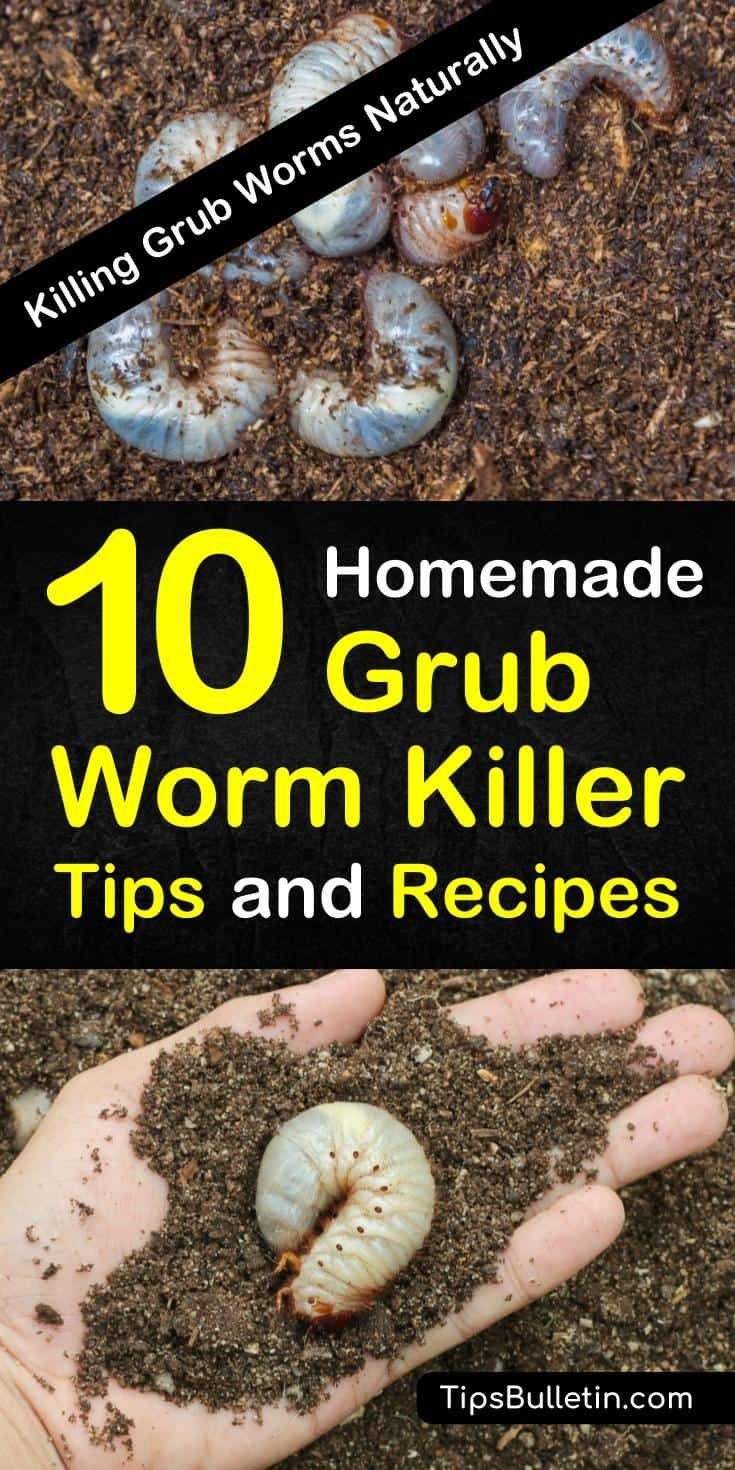
Using beneficial fungi to combat grub worms is a bit like inviting a helpful friend to the rescue. These specially chosen fungi are not only effective at attacking the larvae but also kind to your garden and the surrounding ecosystem. So, if you’re looking for a way to deal with this issue without resorting to harsh chemicals, you’re in the right place! Let’s dive into how these fungi work and how you can use them to keep your lawn healthy and vibrant.
Understanding Grub Worms: What Are They?
Grub worms, or larvae of beetles like Japanese beetles and June bugs, are common garden pests. They’re small, usually white or cream-colored, and curl up when disturbed. But don’t let their size fool you; these little guys can cause big problems for your lawn.
You might be wondering why they’re such a nuisance. Grub worms feed on the roots of your grass, leading to brown patches and even dead turf. Imagine your grass as a delicious salad, and these worms as anarchists determined to tear it apart. The more they feast, the worse your lawn looks.
Recognizing signs of an infestation early can save you a lot of hassle. Look out for soft spots in your lawn, areas that feel spongy underfoot, or birds pecking at your grass. If you catch them in time, natural solutions may be enough to keep your lawn thriving.
How Beneficial Fungi Help Fight Grub Worms
Now, let’s get to the good stuff—how beneficial fungi can help. These organisms act like nature’s little warriors. When applied to your lawn, they specifically target grub worms, effectively reducing their population.
One of the most popular fungi used for this purpose is *Beauveria bassiana*. This fungus infects grub worms when they come into contact with it. Once infected, the fungus begins to take over the worm’s body, leading to its demise. It’s a rather dramatic turn of events, but think of it as nature’s way of restoring balance.
Here’s the thing: using beneficial fungi not only tackles the grub worm issue but also promotes a healthier soil ecosystem. As these fungi work their magic, they break down organic matter, releasing nutrients that your plants can use. It’s a win-win situation!
How to Apply Beneficial Fungi in Your Garden
Applying beneficial fungi is relatively straightforward, but there are a few steps to keep in mind. First, choose the right product. Look for beneficial fungi strains that specifically target grubs, such as *Beauveria bassiana* or *Metarhizium anisopliae*.
Once you have your fungi, you can use it in a few different ways:
- Granular Application: Mix the fungi granules into your soil or spread them over the lawn.
- Liquid Spray: Dilute the fungi in water and spray it directly on affected areas.
- Soil Drench: Mix with water and pour it directly onto the soil to allow the fungi to penetrate deeper.
Timing is essential when applying these fungi. It’s best to apply them during the late spring or early summer when grub worms are most active. You want to catch them in their feeding frenzy!
Maintenance: Keeping Your Lawn Healthy
After applying beneficial fungi, it’s important to maintain your lawn to prevent future infestations. Regular lawn care practices can make a big difference. Here are a few tips:
- Keep Your Lawn Healthy: Water properly and apply organic fertilizers to keep your grass strong.
- Monitor for Signs of Grubs: Keep an eye out for weak patches or signs of grub activity.
- Encourage Natural Predators: Birds and beneficial insects can help keep grub populations down.
By maintaining a healthy lawn, you create an environment that’s less inviting to grub worms. It’s all about finding that balance—your grass thrives, and the grubs find it less appealing.
Pros and Cons of Using Beneficial Fungi
Like any solution, using beneficial fungi has its ups and downs. Here’s a breakdown to consider:
Pros:
– **Natural Solution:** Safe for the environment and non-toxic to pets and people.
– **Soil Health:** Helps improve overall soil health by breaking down organic matter.
– **Targeted Approach:** Specifically attacks grub worms without harming other beneficial organisms.
Cons:
– **Effectiveness:** It may take time to see results, and application needs to be timed correctly.
– **Weather Dependent:** Rain and extreme temperatures can affect fungal activity.
– **Initial Cost:** The upfront cost for products may be higher than traditional chemical treatments.
Considering these factors can help you decide whether beneficial fungi are the right choice for your garden.
Alternatives to Beneficial Fungi
If beneficial fungi sound too complex or you’re looking for other options, there are alternatives to consider. You could look into nematodes, which are microscopic worms that attack grubs, or use natural insecticides made from plant extracts.
Another option is to integrate good lawn practices like regular aeration and overseeding. Strong, healthy grass can withstand grub damage better than weak grass.
It’s all about exploring what suits your garden best and keeping things simple.
Wrapping Up: A Natural Approach to Garden Care
Dealing with grub worms can be a hassle, but opting for natural solutions like beneficial fungi can help restore your lawn without harsh chemicals. By understanding how these fungi work, applying them correctly, and maintaining your lawn’s health, you can create a balanced garden environment.
So, next time you notice those pesky worms disturbing your lovely lawn, remember that nature has its solutions. With a little patience and care, you can bring your garden back to life, one beneficial fungus at a time. Happy gardening!

